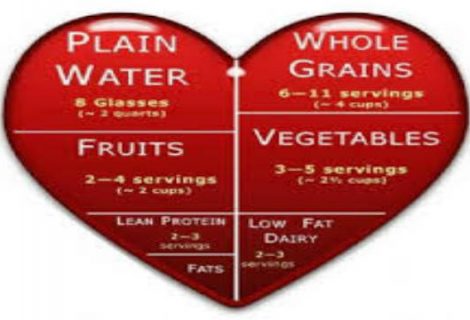Have you ever wondered?
How do Japanese Women stay looking so youthful and petite?
JAPAN is the country where women live longer than anywhere else on earth. A place, where the population has the lowest levels of obesity in the developed world, and where women have such a
healthy lifestyle, that many 40-year-olds are mistaken for someone in their 20s
You may think that Japanese are naturally petite and young looking—that it’s all down to their genes. But it’s not. Their shape, health and vitality, just like everyone else’s, are very much reliant on diet and lifestyle.
One Japanese lady says, ‘I am 100 per cent ethnically Japanese, yet whenever I start eating a Western diet, I pack on extra weight with frightening speed. I look and feel older too.’
‘When I first went to New York in my early 20s, I put on 25lb in a matter of months. It was only when I returned to a more Japanese lifestyle that my weight and appearance went back to normal.’
And there are the beginnings of a mini obesity crisis in Japan itself, too, particularly among children, as the Japanese start to eat more Western-style junk food.
So what are the secrets of the traditional Japanese diet and lifestyle?
It’s not all about sushi, or complicated restaurant food. Following the principles of simple, home-style Japanese cooking and taking on board some healthy habits can make a dramatic difference.
Here are nine secrets of the Japanese lifestyle. Many of these secrets are also suggestions we recommend following in order to lose weight and get fitter with Slim and Shape Up. If you simply incorporate more of these foods and lifestyle changes into your diet, it will soon make a difference to your overall well-being.
Secret 1: Fish
Japanese people eat around 69kg of fish per person per year — that’s more than four times the average for the rest of the world. Cutting back on meat and eating fish, in particular oily fish lowers your risk of serious diseases. Aim for two portions a week.
Secret 2: Soya
The Japanese eat ten times more soya products than any other nation. Low in calories and fat, high in protein and packed with plant oestrogens, soya has been linked to lower rates of breast cancer and may even keep Alzheimer’s at bay.
Secret 3: Fresh fruit and vegetables
Vegetables and fresh fruit, especially leafy greens, can help protect against some cancers, and are a big part of the Japanese diet. The emphasis is on fruit and vegetables that are ‘shun’ – or in season;
Secret 4: Variety
The Japanese diet is extremely varied — which means they are more likely to get a wide selection of nutrients. In a study, elderly Japanese women ate more than 100 different types of food a week compared to an average of 30 in the Western diet.
Secret 5: Small portions — and chopsticks
In Japan food portions are bite compared to British helpings. Each delicacy is eaten slowly and savoured (slowly is the only way you can eat with chopsticks) so your stomach has more time to register when it is full — and you’re less likely to overeat.
Secret 6: ‘Light’ cooking techniques
Food is usually steamed, pan-grilled, simmered or stir-fried over a high heat. These cooking methods tend to preserve more of the food’s nutrients including those all important anti-ageing antioxidants.
Secret 7: Power Breakfasts
A typical breakfast consists of green tea, steamed rice, miso soup with tofu, and spring onions and perhaps a small omelette or piece of grilled salmon. This offers a huge dose of energy and nutrition.
Secret 8: Sweet treats
Japanese women love chocolate, pastries, ice cream and cookies. The difference is they eat desserts less often and in tiny portions.
Secret 9: Informal Exercise
Food isn’t the only reason the Japanese are living so long and so well. People walk or cycle everywhere — to work, to pick up the children from school, etc. The 10,000 steps a day’ programme was first popularised in Japan 40 years ago.




